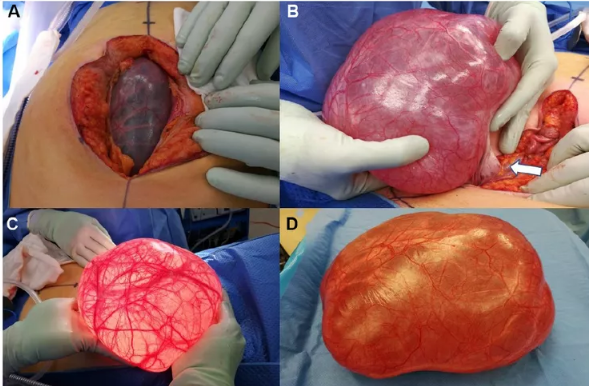Ayo, a young lady in her mid-20s, started noticing a mild pain on the right side of her lower abdomen. This was accompanied by constant constipation.
‘What could this be?’ she queried. She visited two pharmacies, but the attendants in both pharmacies advised het to go for an ultrasound scan. She became terrified!
She picked her smart phone and started researching, trying to wrap her head around what the challenge could be. She couldn’t find answers. Then, she resolved to visit her family hospital. After several tests and pelvic scan, she got this bomb shell: You have a hemorrhaging (bleeding) ovarian cyst. What on earth does that mean?
The average female is like Ayo — clueless about important issues that affect her reproductive health. Her understanding is only limited to menstruation basics, because it is a regular guest that visits alongside visible signs.
What are ovarian cysts?
Ovarian cyst is a fluid-filled or semi-solid sac that develops inside or around the ovary. Experts say ovarian cysts are common among women and often causes no symptoms, as they eventually dissolve on their own. You likely wouldn’t discover that you have an ovarian cyst until you begin to experience some discomforts.
Doctors note there are two types of ovarian cysts. They can be functional or pathological cysts. The functional cyst is the commonnest type of cysts and forms during menstrual cycles in females. They are painless and do not cause any symptom. They shrink within a few weeks without specific treatment. It is prevalent in women who have not attained menopause. Functional cysts are pretty normal, doctors say.
On the other hand, pathological cysts form due to abnormal cell or tissue growth. They are harmful, painful, and can result in infertility.
Ovarian cysts can also be polycystic when numerous cysts form in female ovaries and other parts of the reproductive system. It is often a result of hormonal imbalance.
Medical experts say most ovarian cysts form as a result of a woman’s menstrual cycle.
Symptoms of ovarian cysts
Ovarian cysts rarely cause pain or show any symptoms, except if they enlarge, breaks open, bleeds, or is twisted. According to Healthline, the symptoms may include:
• Pain on one side of your lower back, which may be dull or sharp.
• A feeling of fullness or pressure in your abdomen
• Abdominal bloating or swelling
Other less common symptoms include:
• Painful sex
• Painful periods
• Irregular periods or bleeding between periods
• Feeling like you have to urinate frequently
• Problems with emptying your bladder or having a bowel movement
• Difficulty becoming pregnant
Bottom line
Ovarian cysts are pretty normal in ovulating women. If you are within child-bearing age, it is important that you go for pelvic exam quarterly to know the state of your pelvic.
If it is detected that you have an abnormal ovarian cyst, don’t hesitate to consult your healthcare provider and follow their recommendations.


